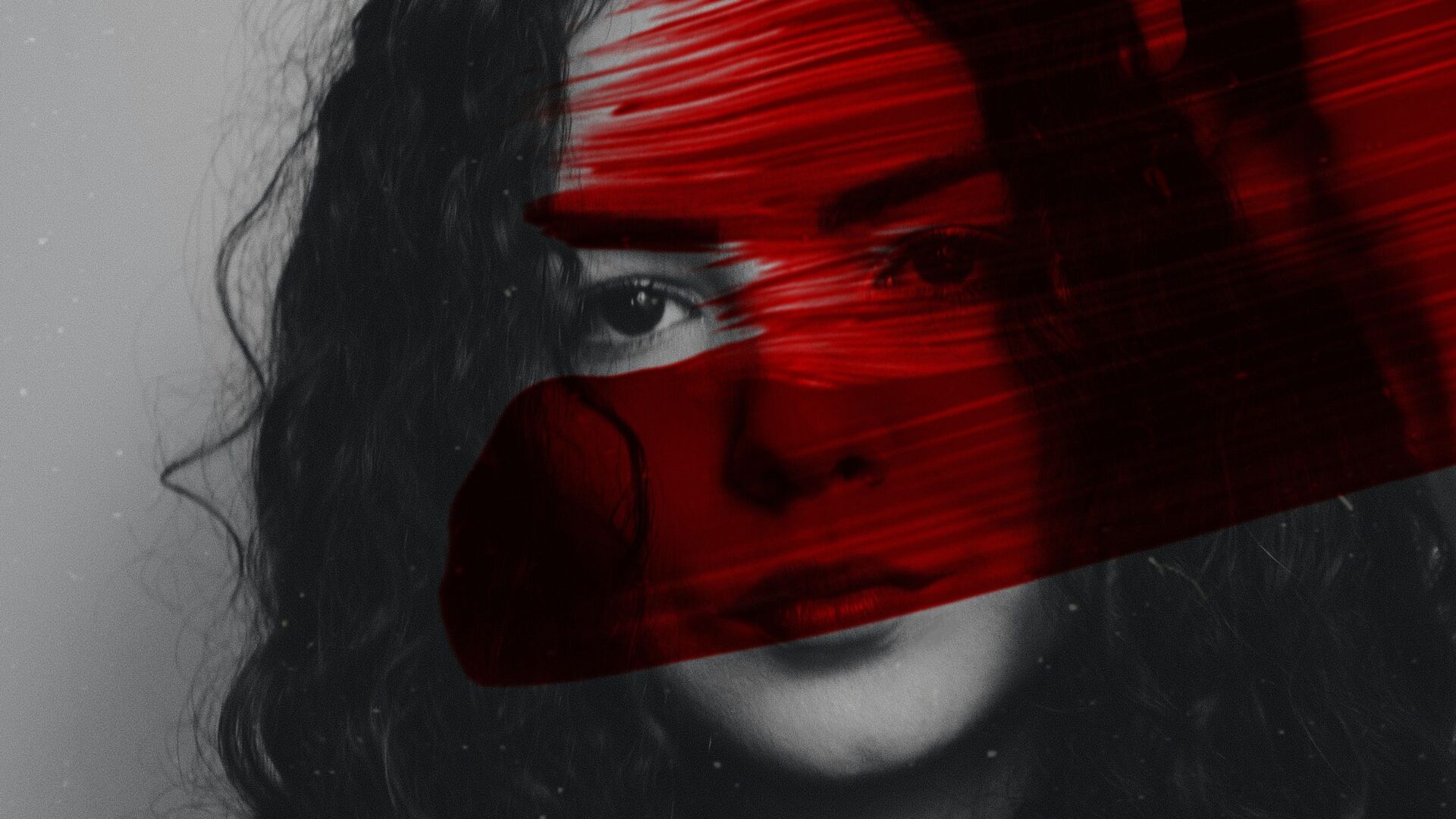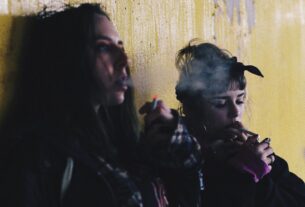Hemophobia: The Crimson Tide of Fear
In the realm of human ailments, a dread most peculiar finds its place – Hemophobia, the aversion to the sanguineous essence that courses within our veins. An affliction that befalls mortals, leaving them trembling in the face of life’s most vital fluid – blood. Let us venture forth, akin to the Bard’s tales, to unravel the mysteries that shroud this malady and peer into its consequences on human behavior, where mortal meets supernatural in a dance of fear and folklore.
Act I: Unveiling Hemophobia
As the curtains rise, Hemophobia, with its Greek lineage of “haima” (blood) and “phobos” (fear), takes center stage. A stage illuminated with a tapestry of causes that breed this fear.
Scene I: Early Impressions
Innocence may be a fleeting charm, yet it carves impressions everlasting. Early encounters with blood, be it a fall or wound, may sow the seeds of this fear in tender minds, whose roots grow deep and strong.
Scene II: The Macabre and Supernatural
In the dark recesses of human consciousness, the supernatural whispers its tales. Vampirism, a staple of folklore, embraces blood as its sustenance, leaving Hemophobes to shudder at the mere thought of such nocturnal creatures.
Scene III: Rituals and Beliefs
Shamanism, that ancient practice of spiritualism, has ceremonies that call for blood offerings. Rituals that intertwine life and death, weaving a crimson tapestry that Hemophobes dare not approach.
Act II: Consequences on Human Behavior
Hemophobia, like the moon’s reflection on still waters, ripples through human behavior, leaving its mark upon the psyche.
Scene I: Aversion and Avoidance
In the presence of blood, Hemophobes recoil, seeking escape from the crimson spectacle. They shun medical procedures and even faint at the sight of the vital fluid, their hearts quickening with terror.
Scene II: Social Isolation
The heart, a fickle instrument, may conspire with Hemophobia to isolate the afflicted from society’s warmth. For fear of ridicule or panic attacks, they retreat into shadows, forsaking communion with fellow mortals.
Scene III: The Menstrual Connection
In the intersection of biology and culture, the menstrual cycle casts its enigmatic spell. Hemophobes may find distress within the cyclic dance of life’s crimson tide, inextricably linked to the human existence.
Act III: The Haunting Presence of Famous Hemophobes
Even in the grand tapestry of history, Hemophobes, like Shakespeare’s players, find their roles defined by this fear.
Scene I: Leo Tolstoy
Among the literary giants, Leo Tolstoy, renowned for “War and Peace,” bore the weight of Hemophobia. An aversion to the sight of blood coursed through his veins, hidden within the heart of a literary master.
Scene II: Alfred Hitchcock
The master of suspense, Alfred Hitchcock, known for his haunting films, shared the stage with Hemophobia. In his cinematic creations, he masterfully wove tales that captivated audiences, even as he grappled with his fear of blood.
Scene III: Fainting at the Sights
The great Barbra Streisand, a vocal virtuoso, succumbed to Hemophobia’s grasp. The crimson visage of blood induced fainting spells, leading the world to discover the fragility of even the grandest talents.
Epilogue: Embracing the Crimson Veins
Hemophobia, like the Bard’s tragic tales, casts its shadow on humanity. Yet, in the depths of the human soul, lies the capacity to confront these fears, to transcend the confines of dread. As the curtains fall, we may dare to embrace the crimson veins that bind us, with fortitude and understanding, leaving Hemophobia, in its final act, to yield to the triumph of human resilience.



